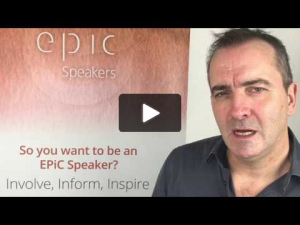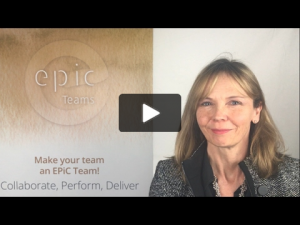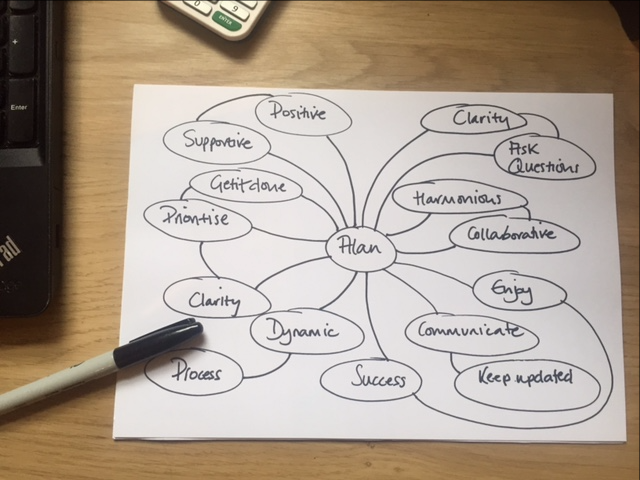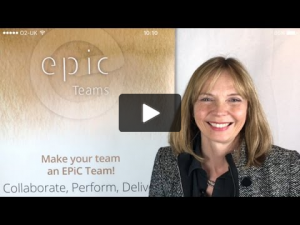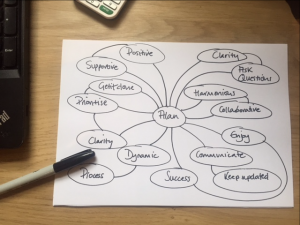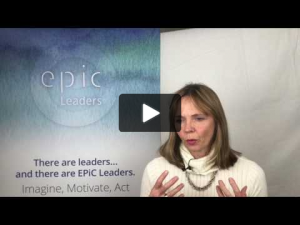
Dear Lucy,
If anyone has ever said to you, “just relax”, at times of stress, for instance just before you are about to give a speech in public, or deliver a presentation at work, then you will know how irritating that is!
Yes, I want to relax, but how?
Whether you are talking about controlling thoughts, feelings or emotions, unless you have taken control of your physical state then you will remain out of control, and unable to relax.
What do I mean by relax? In this particular instance, to be too relaxed might see a fall off in energy that will affect the impact of your performance. When I talk about being relaxed I mean to be yourself. Better still, the image I like to talk about is that of BEING PRESENT.
The process of gaining control of yourself in order to BE PRESENT follows a hierarchy:
- First control your PHYSICAL state
- Then, control your EMOTIONAL state
- Follow this by controlling your FEELING state
- Continue to gain control by being aware of your THOUGHT state
It is useful to break the process down into these individual parts or layers and then start to methodically rebuild them into something controllable.
Feelings and emotions are just symptoms of what is going on viscerally in the body.
To understand the science behind this, take a look at Dr Alan Watkins TEDx Portsmouth
So, where do I start?
Start with your breathing. Synchronise your breath with your physical movements. This is one of the best ways to calm things down.
Here is a simple exercise that is a great starting point towards gaining control and being present, although you might want to find a quiet corner to do it without being disturbed!
The aim of this exercise is to help root your energy and channel it in the direction that you want it to go. Great for control of physical and mental impulses.
Using your hands, working in conjunction with your breath, you are about to create a figure of 8. Starting at the bottom and working up to the top.
Here we go…
- Start with a big breath out, and as you do so, slowly move your hands out in front of you, palms upwards
- As you breath deeply in, bring your hands around in a circle, so that they meet back at the top, facing downwards
- Breathe out and slowly turn your hands palm upwards again
- Now, trace your hands around a second circle (the top of the figure of 8), meeting back in the middle at the top, palms facing downwards, as you do, draw a deep breath in
- Now reverse the process
- Repeat 8 times
How does this exercise help you? It enables you:
- To create space around any pressured situation allowing you to think clearly
- To synchronise breath with action brings variable heart rate back under control and calms you down
- By being very specific with the actions you are then encouraged to be specific with your message.
- it reminds you to create a beginning middle and end to your message
Practice this daily until your body is used to the exercise. Then, when you are about to present, your body will respond very quickly because it will anticipate the calming effect immediately.
Good luck as you work towards being present next time you present!
To find out how we can help you or your employees to become more impactful presenters, click here to arrange to speak with a consultant.
To stop receiving weekly EPIC Insights without losing connection altogether, click here.
Best wishes
Mike







